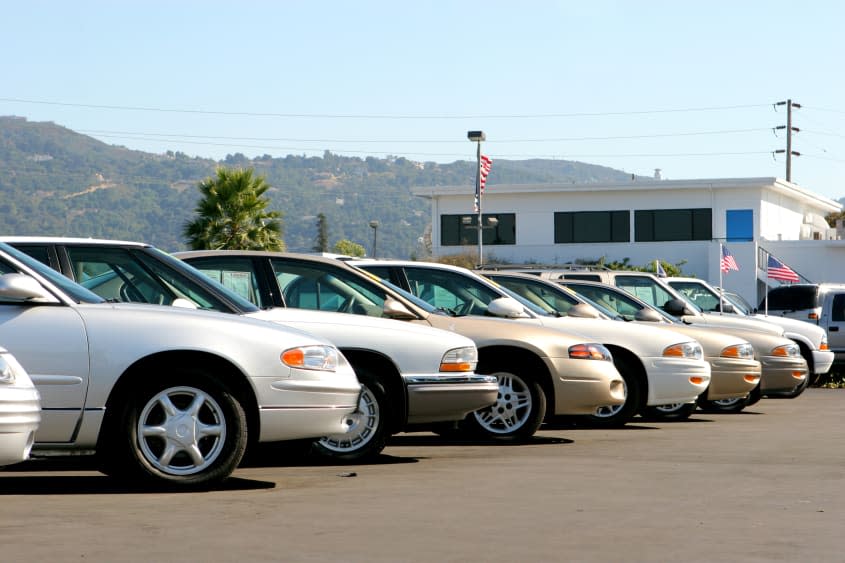Cheap cars get run off the road

The era of cheap cars may be over. Axios reported that the Mitsubishi Mirage — the last car model with an "average translation price" under $20,000 — is being discontinued. The decision is understandable: Mitsubishi sold fewer than 2,000 Mirages during the second quarter of 2023. During that same time period, meanwhile, "Ford sold 108 units of its F-series pickup for every Mirage sold by Mitsubishi." In recent years small models like the Honda Fit and Chevy Spark have also fallen by the wayside.
Market forces may have produced the end of the cheap car era, but some observers are still disturbed. "More people who just need decent, honest transport are going to be shoved into big-ass expensive vehicles that will feel cramped because they're loaded up with debt," Jason Torchinsky wrote for The Autopian. But Automotive News reported that buyers with less money to spend might be looking elsewhere. "The Mirage's chief competition is a 3-year-old Toyota Corolla with more interior space and a better ride," one expert told the outlet.
When did cheap new cars start going away?
The "Big Three" American carmakers "began to jettison the compact and subcompact car business about five years ago," The Associated Press reported. It's not just that buyers were looking for bigger vehicles like trucks and SUVs — those bigger vehicles also come with bigger profit margins for automakers. Combined, those two factors "made the decision an easy one." The result? Sales of small cars have dropped in seven of the last 10 years. At the same time, the market for ultra-expensive vehicles has also exploded. In 2018, there were only 12 models in America that sold for more than $100,000. Today? There are 32.
What does that mean for car buyers?
"Car prices might be unsustainable," The Wall Street Journal reported. And it's not just the dearth of cheap options and the rise of ultra-expensive models. "Higher interest rates have made the situation more difficult for buyers." The result is that the average monthly car loan has a monthly payment "north of $750" with a 9.5% interest rate. And that has produced another knock-on effect. The "rates of severe delinquency for auto loans are the highest since at least 2006" even though the American job market is relatively strong. With student loan payments about to resume, that number may inch even higher. "More than a third of consumers with student loans took on new auto loans during the pandemic."
What about used cars?
"At an average sale price of $29,000, even most used vehicles cost more than a new Mirage," the AP noted, while the Journal reported that "prices for used cars are slowly coming back to earth." But the Portland Press Herald in Maine reported that used cars remain plenty expensive after a pandemic-era boost in prices. One study found that the average price of a modestly used car — between one and five years old — is $34,491. That's up $11,140 from 2019. The cheapest cars, on the other hand, tend to have more miles on them. "A car going for $15,000-$20,000 comes with an average of 60,000 miles." Even the era of finding a cheap fixer-upper might be over. "Now, a $2,000 or $3,000 car, we wouldn't sell it to anybody because it's not OK — it's junk," one dealer told the paper.
What's next?
"There's an outside chance an ambitious Chinese automaker could attempt to enter the U.S. market with a cheap vehicle," Axios reported. (America's efforts to "decouple" from China's economy, though, might nip that idea in the bud.) In the meantime, it's clearly getting more difficult for Americans at the lower end of the income and credit-worthiness scale to purchase a vehicle of any sort, Kelly Blue Book reported. "Subprime" buyers with low credit scores were about a quarter of all buyers in 2018, but now make up just 10% of the market. For now, the future of the automotive sector is EVs and SUVs.

